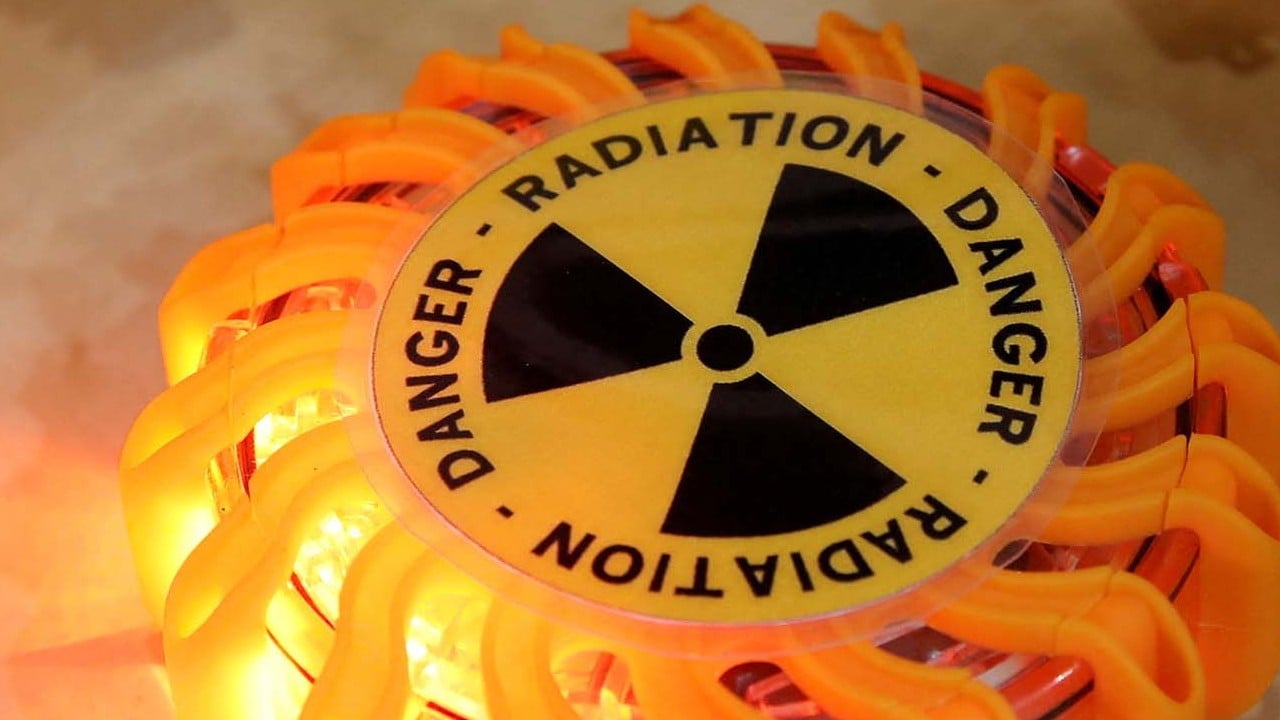Explainer | ‘Weapons of mass disruption’: How dirty bombs work
- Moscow has claimed that Ukraine is building a ‘dirty bomb’ with the aim of deploying it against Russian troops
- A dirty bomb is laced with radioactive, biological or chemical materials which get disseminated in an explosion

02:35
Russia says ‘Ukraine preparing a dirty bomb’, but how would such a device work?
Dirty bombs have long been feared as a potential weapon of terrorists because their main objective is to sow panic, confusion and anxiety by hurling radioactive dust and smoke into the atmosphere.
The Kremlin alleges that Ukraine is preparing to detonate a dirty bomb in order to blame it on Russia and force an escalation to the war that has entered its ninth month. Western countries have dismissed that claim as “transparently false”.
Although no dirty bomb attack has ever been recorded, two failed attempts to detonate such a device were reported in the southern Russian province of Chechnya more than two decades ago.
The perpetrators behind two terrorist attacks in Brussels in March 2016 were also believed to be planning to build one.
Here’s a look at what experts mean by the phrase “dirty bomb”:
How does a dirty bomb work?
Technically known as radiological dispersion devices, dirty bombs are relatively primitive, imprecise weapons. They are much easier and cheaper to build than a nuclear device and also far less dangerous.